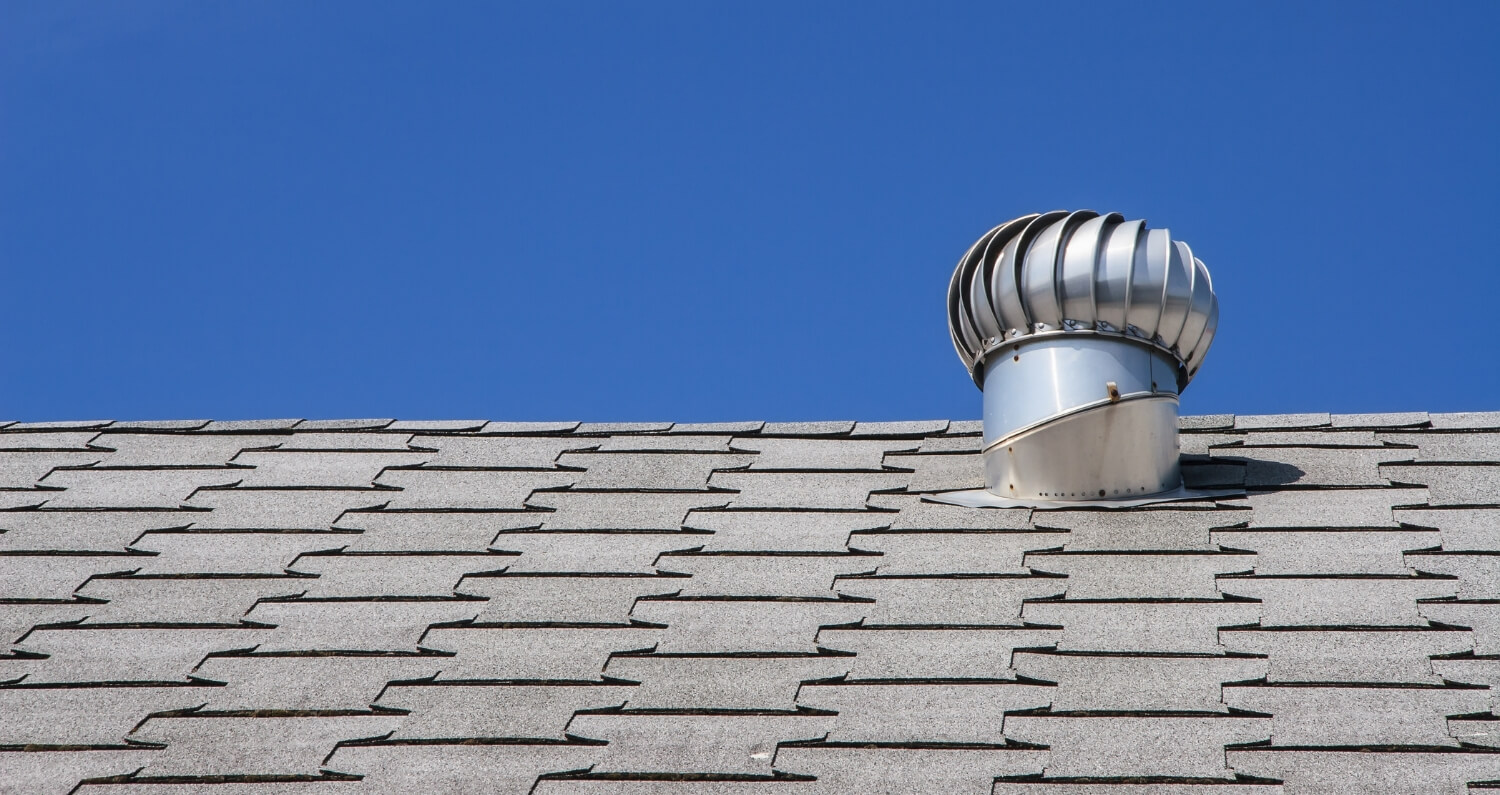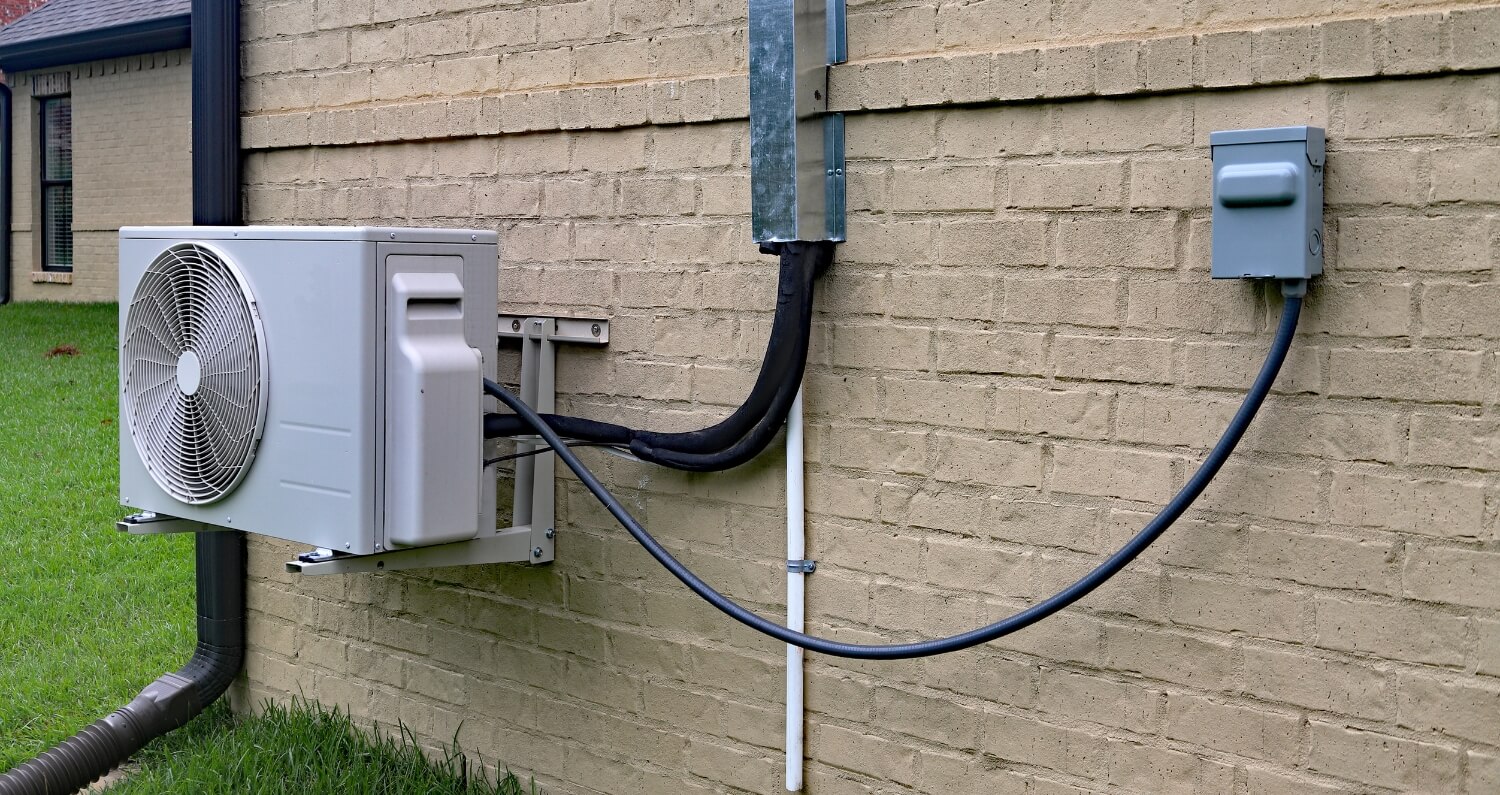If you reside in a location like New York or Connecticut, where you often experience scorching summers, you’re familiar with the struggle of keeping your home cool without being wasteful or driving up your utility bills. Fortunately, an attic fan is ideal for supplementing an AC system.
You may have never heard of attic fans, also known as HVAC fans, especially when improving your HVAC efficiency. Fortunately, they’re a viable way to complement your home’s climate control system. Here’s how.
How Does an Attic Fan Work?
Attic fans remove heat from the top level of your home. While heat can move in any direction, hot air tends to rise. This leads to a build of hot air in your attic.
An attic fan takes the air at the top of your home and pumps it out of an opening into the outside air. This isn’t the same as a whole house fan (which circulates air throughout your home).
Nevertheless, an attic fan draws cold air up from below, cooling your entire house in the process. The second floor, which can also get hot, benefits the most from an attic fan, although the ground floor also cools down.
Do Attic Fans Improve Efficiency?
While an attic fan can cool an entire home, an air conditioner can reduce the internal temperature in the building. However, an attic fan does a better job of regulating a home’s temperature. (This is assuming you’ve had a trained technician install the attic fan correctly and that you’ve maintained the unit over time.)
For instance, attic fans are cheaper to operate than a traditional AC unit because the fan runs intermittently and only costs a few dollars a month. In comparison, an AC system can increase your energy bill by hundreds of dollars in the same time span.
Attic fans also function as an indirect HVAC dehumidifier by minimizing moisture in the attic. They’re helpful as a backup when your system is down, and you need emergency HVAC service from a company like Paraco.
When to Run an Attic Fan
While an attic fan can cool an entire home, an air conditioner can reduce the internal temperature of the building. However, an attic fan is more efficient at regulating a home’s temperature efficiently. (This is assuming that you’ve had a trained technician install the attic fan correctly and maintained the unit over time.)
When the weather is warm enough to close your windows, that’s usually a sign to turn off the attic fan. This makes late spring and early fall the best times of the year to run your fan.
Cooling Your Home the Smart Way
AC systems are excellent climate control tools, but they can be expensive and inefficient. An attic fan is an effective way to manage seasonal transitions and rising or dropping temperatures. It is also an excellent backup option if you need HVAC emergency service.
The key is ensuring you install an attic fan correctly, maintain it over time, and use it at the right time throughout the year. Taking these steps will ensure you enjoy the comfort, efficiency, and affordability an attic fan can provide for your home.
continue reading
Related Posts
There are many different kinds of thermostats on the market […]
The world is always changing, yet the need for climate […]





